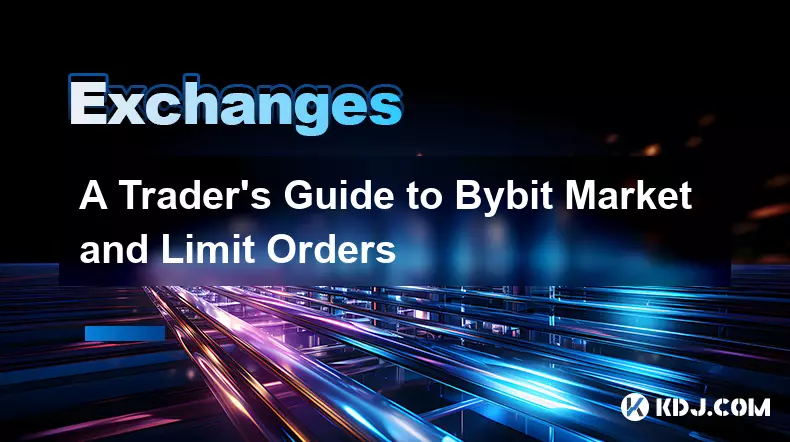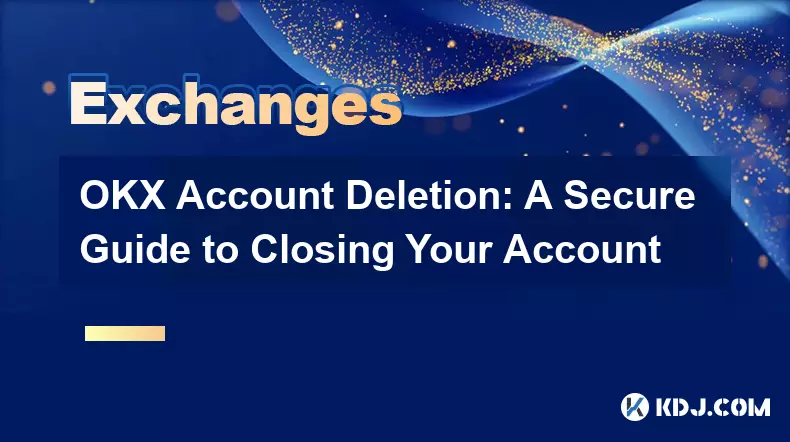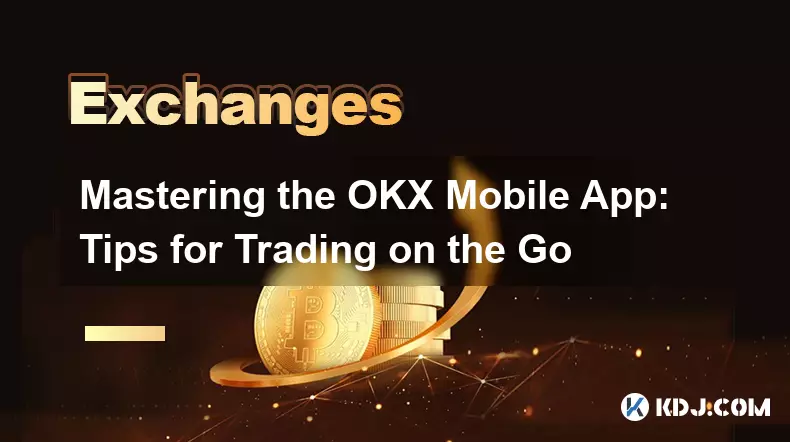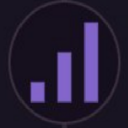-
 bitcoin
bitcoin $99177.955738 USD
-7.32% -
 ethereum
ethereum $3187.183061 USD
-12.38% -
 tether
tether $0.999809 USD
0.00% -
 xrp
xrp $2.117933 USD
-9.42% -
 bnb
bnb $906.710033 USD
-9.17% -
 solana
solana $149.367737 USD
-10.74% -
 usd-coin
usd-coin $0.999816 USD
0.01% -
 tron
tron $0.281498 USD
-0.38% -
 dogecoin
dogecoin $0.156292 USD
-8.00% -
 cardano
cardano $0.500744 USD
-10.19% -
 hyperliquid
hyperliquid $38.087358 USD
-4.58% -
 chainlink
chainlink $14.097831 USD
-8.54% -
 bitcoin-cash
bitcoin-cash $463.329916 USD
-9.22% -
 ethena-usde
ethena-usde $0.999078 USD
-0.01% -
 unus-sed-leo
unus-sed-leo $9.475862 USD
-0.79%
A Trader's Guide to Bybit Market and Limit Orders
Market orders on Bybit ensure instant execution at the best available price but may suffer slippage, especially in volatile or illiquid markets.
Nov 02, 2025 at 03:55 pm

Understanding Market Orders on Bybit
1. Market orders allow traders to buy or sell an asset immediately at the best available current price. This type of order prioritizes execution speed over price precision, making it ideal for those who want instant entry or exit from a position.
2. When placing a market order on Bybit, the trade is executed against existing limit orders in the order book. For example, if you place a market buy order, it will match with the lowest available ask prices until your entire order is filled.
3. Due to slippage—especially during periods of high volatility—the final execution price may differ from the expected price. This is particularly noticeable in markets with low liquidity or when executing large orders.
4. Market orders eliminate the risk of non-execution but introduce the risk of unfavorable pricing due to rapid price movements. Traders should be cautious when using them during news events or sudden market shifts.
5. On Bybit’s interface, market orders are typically accessible through a dedicated tab in the trading panel, where users can specify the amount they wish to purchase or sell instantly.
Mastering Limit Orders for Precision Trading
1. Limit orders enable traders to set a specific price at which they are willing to buy or sell an asset. Unlike market orders, these are not executed immediately unless the market reaches the specified price.
2. A buy limit order is placed below the current market price, while a sell limit order is set above it. This allows traders to target favorable entry and exit points based on technical analysis or strategic planning.
3. Limit orders provide full control over the execution price but carry the risk that the order may never fill if the market does not reach the designated level. This makes them suitable for patient traders who prioritize price accuracy over immediate execution.
4. On Bybit, limit orders remain active in the order book until they are either filled or canceled. Users can monitor their pending orders in the “Open Orders” section of the platform.
5. Advanced traders often use limit orders to accumulate positions at desired levels or to take profits at predetermined targets without constant monitoring.
Strategic Use of Order Types in Volatile Conditions
1. During high-volatility phases, such as after major economic announcements or unexpected exchange outages, market orders can lead to significant slippage. In such scenarios, using limit orders helps protect capital by avoiding unintended price deviations.
2. Scalpers frequently combine both order types: using market orders to enter fast-moving trends and limit orders to secure quick profits at tight margins.
3. Traders employing grid strategies on Bybit commonly rely on multiple limit orders placed at incremental price levels to automate buying low and selling high within a range-bound market.
4. Position traders may use stop-limit orders in conjunction with regular limit orders to defend gains or initiate entries once breakouts are confirmed, adding layers of automation and discipline to their approach.
5. It is crucial to adjust order placement dynamically based on real-time liquidity depth, visible in Bybit’s order book heatmap, to avoid partial fills or missed opportunities.
Frequently Asked Questions
What happens if my limit order doesn’t get filled? If the market price does not reach your specified limit price, the order will remain open until canceled or expired. You can modify or cancel it anytime through the open orders section.
Can I place a market order during extreme volatility? Yes, market orders can be placed at any time. However, expect potential slippage, especially with large order sizes, as the execution will occur across multiple price levels in the order book.
How does Bybit handle partial fills for limit orders? If only part of your limit order matches with available liquidity, the filled portion executes immediately, and the remainder stays active in the order book until fully executed or canceled.
Is there a fee difference between market and limit orders on Bybit? Bybit uses a maker-taker fee model. Limit orders usually qualify as maker orders and incur lower fees, while market orders act as takers and may have slightly higher fees depending on your account tier.
Disclaimer:info@kdj.com
The information provided is not trading advice. kdj.com does not assume any responsibility for any investments made based on the information provided in this article. Cryptocurrencies are highly volatile and it is highly recommended that you invest with caution after thorough research!
If you believe that the content used on this website infringes your copyright, please contact us immediately (info@kdj.com) and we will delete it promptly.
- Nano (XNO) Ignites: Volume Spike and Price Jump Signals Comeback?
- 2025-11-05 14:50:11
- Bitcoin's Bear Signal: Is a Collapse Incoming?
- 2025-11-05 14:40:15
- Nick Szabo, Bitcoin Future, and BTC: Navigating the Crypto Landscape in 2025
- 2025-11-05 14:50:01
- Bitcoin's Wild Ride: Saylor, Kiyosaki, and the Quest for $200K
- 2025-11-05 10:50:13
- Culex, Cardano, and Aster: A Crypto Cocktail of Mosquitoes, Dips, and CZ Fuel
- 2025-11-05 11:00:17
- Crypto Presales, Coin Growth, and Established Coins: Navigating the 2025 Buzz
- 2025-11-05 11:00:17
Related knowledge

Common Mistakes to Avoid on OKX: A Guide for New Traders
Nov 04,2025 at 03:37pm
Understanding the Interface Before Trading1. New traders often jump into placing orders without fully exploring the OKX platform layout. Taking time t...

OKX TradingView Integration: A Guide to Advanced Chart Analysis
Nov 02,2025 at 03:37am
OKX and TradingView: Bridging the Gap for Professional Traders1. OKX, one of the leading cryptocurrency exchanges, has integrated with TradingView to ...

Finding Your OKX Deposit Address: A Quick and Safe Guide
Nov 05,2025 at 01:15pm
Finding Your OKX Deposit Address: A Step-by-Step Process1. Log into your OKX account using your registered credentials. Ensure you are accessing the o...

OKX Savings Guide: A Low-Risk Strategy for Earning Crypto
Nov 05,2025 at 06:55am
Understanding OKX Savings and Its Role in Crypto Earnings1. OKX Savings offers users a straightforward method to earn passive income by leveraging idl...

OKX Account Deletion: A Secure Guide to Closing Your Account
Nov 05,2025 at 08:44am
Understanding the Implications of Account Closure1. Closing your OKX account permanently removes access to all associated trading features, including ...

Mastering the OKX Mobile App: Tips for Trading on the Go
Nov 05,2025 at 01:19am
Streamlined Navigation for Efficient Trading1. The OKX mobile app features a clean and intuitive interface that allows traders to access key functions...

Common Mistakes to Avoid on OKX: A Guide for New Traders
Nov 04,2025 at 03:37pm
Understanding the Interface Before Trading1. New traders often jump into placing orders without fully exploring the OKX platform layout. Taking time t...

OKX TradingView Integration: A Guide to Advanced Chart Analysis
Nov 02,2025 at 03:37am
OKX and TradingView: Bridging the Gap for Professional Traders1. OKX, one of the leading cryptocurrency exchanges, has integrated with TradingView to ...

Finding Your OKX Deposit Address: A Quick and Safe Guide
Nov 05,2025 at 01:15pm
Finding Your OKX Deposit Address: A Step-by-Step Process1. Log into your OKX account using your registered credentials. Ensure you are accessing the o...

OKX Savings Guide: A Low-Risk Strategy for Earning Crypto
Nov 05,2025 at 06:55am
Understanding OKX Savings and Its Role in Crypto Earnings1. OKX Savings offers users a straightforward method to earn passive income by leveraging idl...

OKX Account Deletion: A Secure Guide to Closing Your Account
Nov 05,2025 at 08:44am
Understanding the Implications of Account Closure1. Closing your OKX account permanently removes access to all associated trading features, including ...

Mastering the OKX Mobile App: Tips for Trading on the Go
Nov 05,2025 at 01:19am
Streamlined Navigation for Efficient Trading1. The OKX mobile app features a clean and intuitive interface that allows traders to access key functions...
See all articles










































































